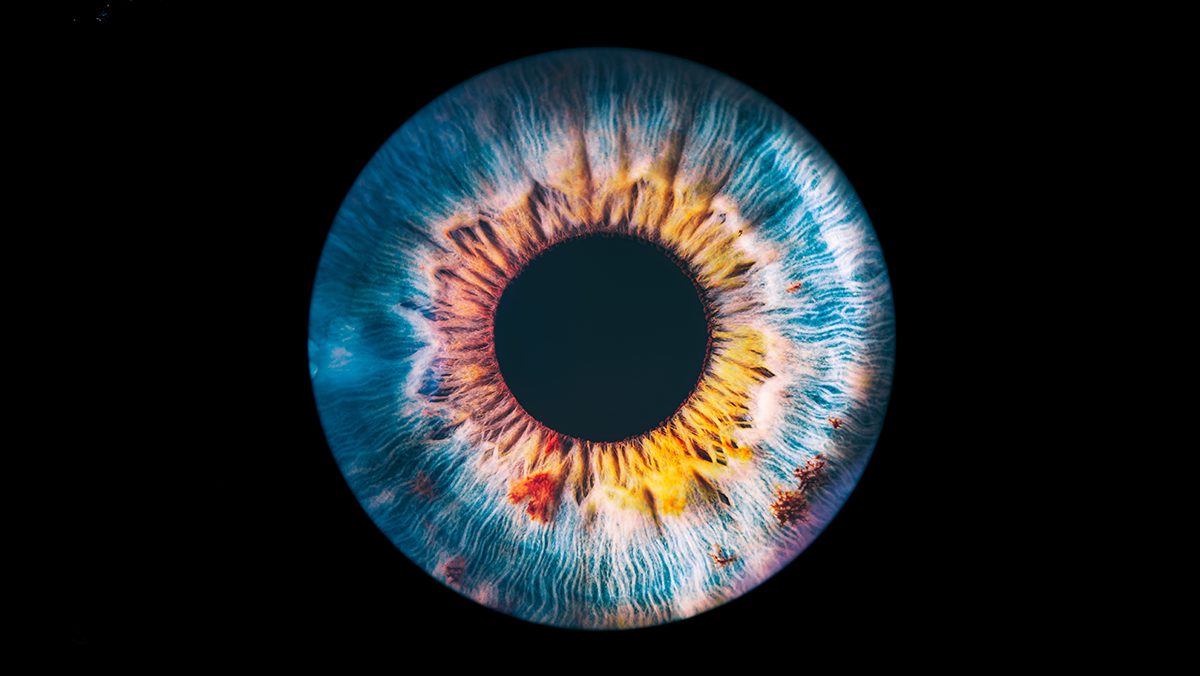
“Zoom in and obsess. Zoom out and observe. We get to choose.”
Rick Rubin wrote this in his recent book, The Creative Act. And it sums up (almost) perfectly how I feel about branding and how to do it well.
Great brands strike a delicate balance between rationality and creativity. If the balance tips too far in the direction of the rational, the result is uninspiring. If the balance tips too far towards the creative, the result is ineffective. And it’s a marketer’s job to get this balance right.
The likes of the Ehrenberg-Bass Institute, Philip Kotler, and E. Jerome McCarthy are all primarily concerned with the rational side of the equation: how to identify the most fertile opportunities, the largest Total Addressable Market, with the biggest headroom, and the greatest fit with your brand. Such work is cold, analytical, and dispassionate, but “thought leadership” in brand strategy tends to focus here. (In comparison, there doesn’t seem to be much of a market for “creativity leadership”.)
Total Addressable Market, headroom, and brand fit, however, are all abstractions–perfect, profitable abstractions. The people that experience your brand, on the other hand, are not. It’s not enough simply to create tools, frameworks, and heuristics that structure how we reason about brands. We also need tools, frameworks, and heuristics that help us structure creativity.
When I worked with the Royal Institute of British Architects, I came across a wonderful piece of advice for aspiring architects: If you’re designing a staircase, don’t list every possible use and then try to create a staircase that will satisfy all of them. The staircase will function adequately at best. At worst, your design will be hideously compromised.
Instead, focus on a specific moment: Design the perfect staircase on which to propose.
The type of staircase on which someone would propose is also likely to be the type of staircase that another person will love walking up and down, somewhere they will more likely dwell when bumping into a friend or colleague, a place they might like to have their photo taken.
In solving for the extreme, you also solve for the mundane.
The same applies to designing brand experiences. Niching down with a specific person in mind doesn’t limit your market; it ensures that your brand experience is designed with empathy. Warren Buffet used to employ a similar trick when writing his annual letter to shareholders: He would imagine he was writing the letter to his sisters, Doris and Bertie. The result? Standout examples of clarity and warmth that have earned Warren Buffet the unofficial title of “The Oracle of Omaha”.
Although I hate to use Apple as a case study, it’s a great example of a brand that delights billions of people precisely because it was designed to please a single person. It’s the most valuable brand in the world for a simple reason: Everything it does looks beautiful and works beautifully. And this is because everything Apple does has been designed with one man in mind–Steve Jobs.
Walter Isaacson’s biography is testament to Steve Job’s obsession with perfection and the enormous extent to which it has informed Apple’s brand experience.
- Page 74: “Jobs’ father had once taught him that a drive for perfection meant caring about the craftsmanship even of the parts unseen. Jobs applied that to the layout of the circuit board inside the Apple II. He rejected the initial design because the lines were not straight enough.”
- Page 388: “Once the [iPod] project was launched, Jobs immersed himself in it daily. His main demand was ‘Simplify!’ He would go over each screen of the user interface and apply a rigid test: If he wanted a song or a function, he should be able to get there in three clicks. And the click should be intuitive. If he couldn’t figure out how to navigate something, or if it took more than three clicks, he would be brutal.”
- Page 472: “The initial [iPhone] design had the glass screen set into an aluminum case. One Monday morning Jobs went over to see [Jonny] Ive. ‘I didn’t sleep last night,’ he said, ‘because I realized that I just don’t love it.’ It was the most important product he had made since the first Macintosh, and it just didn’t look right to him.”
- Page 561: “His quest for perfection led to his compulsion for Apple to have end-to-end control of every product that it made. He got hives, or worse, when contemplating great Apple software running on another company’s crappy hardware, and he likewise was allergic to the thought of unapproved apps or content polluting the perfection of an Apple device.”
Apple is an outlier but not unique. There are rare-but-lovely examples of extraordinary brand experiences designed to satisfy the needs of extraordinary niches. The Zetter Townhouse hotel in Clerkenwell, London is an example I use often. Every facet of the experience is based on the tastes and adventures of an imaginary owner, Wilhelmina. When researching my first book, I came across a 2010 Forbes article about home appliance brand Haier, which told the story of a farmer who complained that his washing machine kept clogging with dirt. It turned out that he was using the machine to wash the muck from his potato harvest (as well as his clothes). So, Haier designed a washing machine capable of cleaning both his clothes and his mucky potatoes. Incredible.
So, don’t design your brand around the needs and expectations of an “average” user.
By all means, start by being rational. Identify your Total Addressable Market, calculate headroom, quantify brand fit.
But then flex some creativity. Picture the most extreme and demanding example of the Total Addressable Market to design for. And make THAT your niche.
Zoom out and observe.
Then, zoom in and obsess.
You get to choose.
Cover image: Lorant